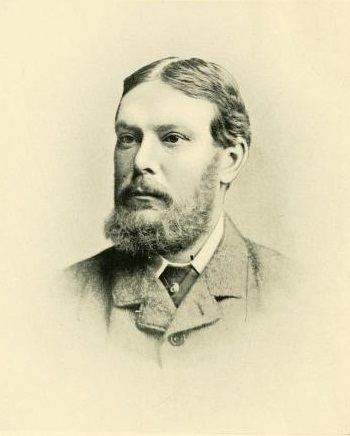Name John Harvie-Brown | Died 1916 | |
 | ||
Books A Vertebrate Fauna of the Outer Hebrides, Capercaillie in Scotland ... | ||
John Alexander Harvie-Brown (27 August 1844 – 26 July 1916) was a Scottish ornithologist and naturalist.
Contents
Biography
J. A. Harvie-Brown was born near Larbert in central Scotland, the only son of John Harvie-Brown and his wife, Elizabeth Spottiswoode, who was the daughter of Thomas Spottiswoode of Dunipace (entitled "Thomas Spottiswoode, 6th of Dunipace"). J. A. Harvie-Brown inherited approximately 2100 acres near Dunipace.
He was educated at Merchiston Castle School, and then attended both the University of Edinburgh and Cambridge University.
As a wealthy landowner, he could dedicate himself to ornithology and other naturalistic studies without pursuing a profession. He made ornithological visits to Norway, Russia, Finland and Transylvania. Perhaps his most famous expedition was with Henry Seebohm to the lower reaches of the Pechora River in 1875, when the eggs of the grey plover and the little stint were discovered. For many years Harvie-Brown cruised each summer among the islands of the Scottish coast in his yacht the "Shiantelle" (built in 1887 in Fraserburgh). He, with H. W. Feilden, collected many eggs and birds' skins from the Hebrides, the Orkneys, the Faroes and even the island of Rockall (no eggs but birds' skins in the case of Rockall). However, in January 1897 a fire almost totally destroyed the collection.
Harvie-Brown died in 1916, after a number of years of ill health. His burial was at Dunipace Old Cemetery. His publications in the scientific literature number close to 250 items. He was elected an Honorary Life Member of the American Ornithologists' Union. In 1912 the U. of Aberdeen conferred upon him the honorary degree of LL.D.
Bird migration and the British Association
In 1880 Alfred Newton persuaded the British Association to sponsor a committee for the study of bird migration all over the world but especially along the coasts of England and Scotland. Harvie-Brown, John Cordeaux, and W. Eagle Clarke were among the most important contributors to the committee's effort to recruit the keepers of lighthouses and lightvessels to make and record observations of bird migration.
